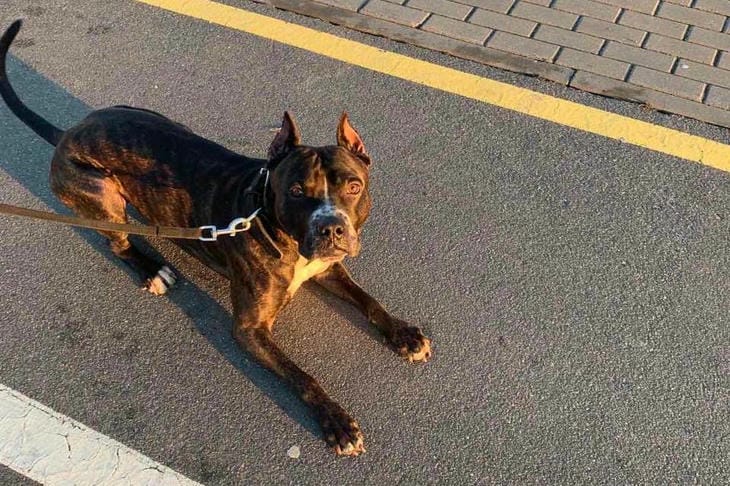Walking a dog is an important ritual that should bring pleasure to both the owner and the pet.
Many owners face the problem when their four-legged friend constantly pulls on the leash or shows anxiety during a walk.
Preparation for training
The right choice of equipment is central to the training process. A comfortable leash and a suitable collar or harness are the basis for successful training.
Experts recommend using a medium-length leash that provides sufficient control over your pet.
Basic principles of training
The sequence of actions plays a key role in the training process. The dog must learn that calm behavior is rewarded with a treat and praise.

Regular training should be carried out in a calm environment, gradually increasing the difficulty of the conditions.
Methodology of correct teaching
It is recommended to start training in places with a minimum of distractions. The owner should move confidently, holding the leash without excessive tension.
If the dog tries to pull on the leash, you must stop and wait until the pet pays attention to the owner.
Correction of unwanted behavior
A dog that pulls on a leash often does so because of excess energy or lack of physical activity.
The solution to the problem may be to increase the duration of walks and to vary the physical exercises. It is important to remember that punishment does not bring positive results.
Peculiarities of puppy training
Early training of your puppy to behave properly on a leash lays a solid foundation for further training.
Young dogs learn new skills faster, so the first lessons should begin immediately after the pet appears in the house.
Common mistakes owners make
Inconsistency in requirements often ruins all training efforts. You can't allow your dog to pull on the leash from time to time, as the animal will not be able to understand what behavior is considered correct. It is also unacceptable to use physical force or raise your voice.
Professional help
In cases where independent training does not bring the desired results, a consultation with a dog trainer is required.
An experienced specialist will help identify the causes of problematic behavior and create an individual training program that takes into account the characteristics of a particular dog.
Consolidation of results
The owner must be patient, as developing sustainable skills takes time.
Regular training and positive reinforcement of correct behavior will gradually lead to the desired result. The dog will learn to calmly walk next to the owner, which will make walks enjoyable for both.








